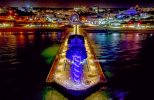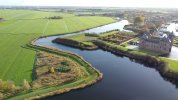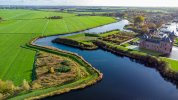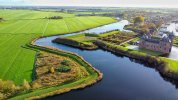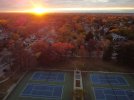A major benefit of RAW, on a front which JPG can never compete, is the ability to adjust the white balance.
Anyone whit a good understanding, and a workflow will know that RAW and JPG are both good, but on many fronts they just aren't comparable. JPG allows smaller files, easier storage, and good editing capability with decent dynamic range. RAW creates larger files, introduces another step into the workflow, but provides FAR greater editing latitude, greater dynamic range, the ability to sharpen (even oversharpen) without enhancing macroblocking, adjustable white balance, all even with a small sensor. The sensor still has 2-3 more dynamic range than a typical JPG produces from it.
The debate is similar to when folks wonder if they should upgrade to a DSLR /Mirrorless to get better pictures, only to conclude that their iphone gave them better and more consistent results. The latter is FAR superior, but requires a new skillset to get you there.
I have already begun playing with raw files from the
Mini 2, and believe me, anyone looking to produce amazing photos from this little drone are best served shooting in raw+jpg mode. You can use the JPGs most of the time, but the RAWs will rescue you time and time again.
Even iPhone RAW images have tremendous benefit, despite the fact that the processing in the camera does an amazing job of getting you there automatically.
It's just not reasonable to waste the drone's battery on advanced image processing in real time, when it would introduce power and cooling challenges that such a small drone isn't up to solving. The JPGs are fantastic, but if you know what you are doing, or are interested in maximizing the potential, RAW is the best way to do it.
